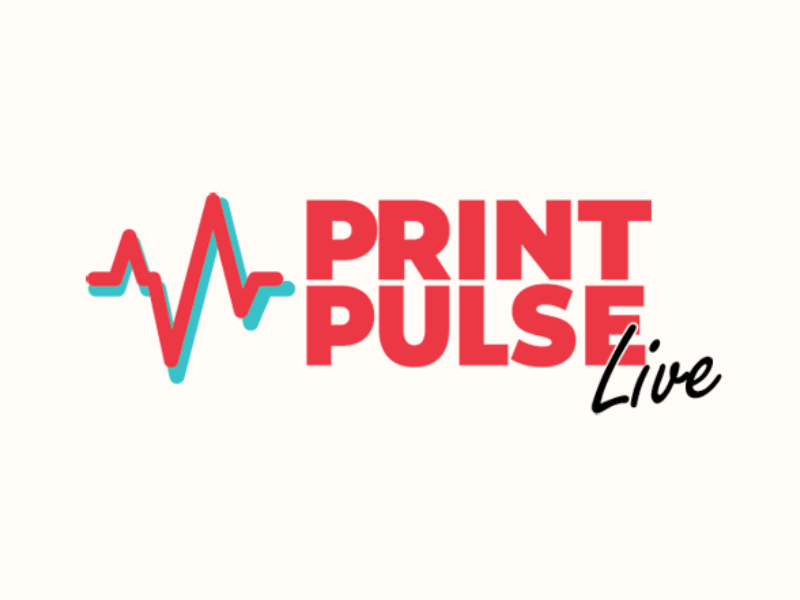The Ontario Printing and Imaging Association (OPIA) opened its new PrintPulse Live webinar series with a strong start, delivering a timely and informative session titled “Hiring in Ontario Is Changing. Are You Ready?”
The discussion focused on Ontario hiring law changes coming into effect in 2026 under Bills 149 and 190, known as the Working for Workers Acts. Led by Nicole Biros-Bolton, founder of Bird Bolt Law, the session examined how these legislative updates will impact employers, managers, and HR professionals across Ontario’s print and graphic communications industry.
A special thank-you goes to Lee Eldridge of Toronto Metropolitan University for moderating the session and to everyone who joined this first PrintPulse Live event.
1. Pay Transparency and Ontario Hiring Law Changes
Starting in January 2026, Ontario employers with 25 or more employees will be required to include salary or pay ranges in public job postings.
Nicole explained that this requirement is part of the broader Ontario hiring law changes intended to increase fairness and equity in the hiring process. Historically, a lack of pay transparency has discouraged applications from women, newcomers, and racialized workers, and it has contributed to wage gaps.
She encouraged employers to begin preparing now by conducting internal pay audits to ensure compensation structures are equitable. Transparency is not only about compliance. It also builds trust and helps attract well-qualified candidates who understand the value of the position.
2. Artificial Intelligence in Hiring Must Be Disclosed
As AI becomes more common in recruitment, transparency around its use is critical. Under the new legislation, employers must disclose when AI tools are used to screen or assess candidates.
Nicole discussed how undisclosed or untested AI systems can introduce bias, sometimes eliminating qualified applicants without human review. She advised employers to assess their recruitment software and verify data privacy and ethical safeguards, especially when using tools that process personal information.
Even basic keyword screening programs can fall within this rule. Nicole suggested employers include a short statement in job postings explaining how AI is used and how the organization ensures fairness and data security.
3. “Canadian Experience” Requirements Are Prohibited
Employers can no longer include or imply that “Canadian experience” is required or preferred in job postings. This change is intended to remove systemic barriers that prevent newcomers from accessing employment opportunities.
Nicole noted that the Ontario Human Rights Commission has long viewed this type of requirement as discriminatory because it often acts as a proxy for race, ancestry, or place of origin. Instead, she encouraged employers to focus on skills, credentials, and eligibility to work in Canada.
For example, stating “familiarity with Ontario employment legislation” is acceptable, but “Canadian HR experience required” would not be compliant. The distinction lies in identifying the actual knowledge or expertise necessary for the role, not where that experience was gained.
4. Transparency and Respect Throughout the Hiring Process
Two related provisions will reshape how organizations communicate during recruitment. Job postings must clearly state whether the position is an existing vacancy or part of a talent pipeline. Employers must follow up with interviewed candidates within 45 days to inform them of the hiring decision.
Nicole said these steps encourage greater professionalism and respect in the hiring process. For job seekers, acknowledgment and closure matter. Even a short email to confirm that the role has been filled helps maintain goodwill and reputation.
She also reminded participants that employers must retain hiring records for three years, which supports accountability under the Employment Standards Act.
5. Preparing for Compliance and Long Term Success
Nicole concluded with a practical roadmap for organizations preparing for the January 2026 rollout. Her key recommendations included the following actions.
- Conduct an internal pay equity review to identify and correct any pay disparities.
- Update job descriptions and compensation ranges to ensure consistency.
- Develop a clear compensation philosophy that reflects competitiveness and company values.
- Review job posting templates and HR processes for AI use and for prohibited “Canadian experience” language.
- Schedule annual policy reviews to stay aligned with legislative changes.
By taking proactive steps, employers can avoid compliance issues and strengthen their reputation as equitable and forward thinking workplaces.
The Takeaway
The Ontario hiring law changes reflect a shift toward transparency, equity, and accountability in employment practices. For Ontario’s print and imaging industry, where talent attraction and retention are priorities, understanding these changes early provides a competitive advantage.
OPIA is proud to support its members through education, advocacy, and insight into issues that affect our industry. Thank you to Nicole Biros-Bolton for leading this important session and to all who participated in the first PrintPulse Live event.
Stay tuned for upcoming sessions, including “Tapping into Government Training Dollars,” “Social Savvy Sales Teams,” and “AI Based Automation in Print.”
Image by Nicole Biros-Bolton


